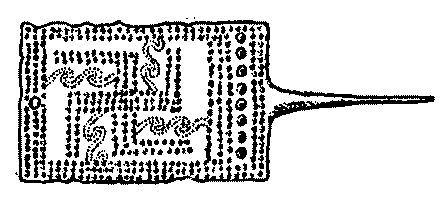
It’s quite apparent that the swastika belongs to everybody and to nobody.īefore we go into the swastika’s history, it might be best to clear up one source of confusion: its orientation. Schliemann himself, following orientalist scholars of his time, said that the swastika was “of the very greatest importance among the early progenitors of the Aryan races in Bactria and in the villages of the Oxus, at a time when Germans, Indians, Pelasgians, Celts, Persians, Slavonians and Iranians still formed one nation and spoke one language” (Schliemann, 102).īut the swastika is found far beyond the traditional provenance of the “Aryan races.” Thomas Wilson, who wrote a study on it for the Smithsonian Institution in the late nineteenth century, lists examples from ancient sites ranging from Japan to Europe to North and South America. One scholar interpreted it as representing “the generative power of man” (Wilson, 811–13, 829).

The vulva (or perhaps the mons veneris) of this figure has a swastika in the middle. It is on spindle-whorls, a sphere, and a statue made of lead thought to be an image of the goddess Artemis. The swastika begins to appear in the city’s third stratum, dated to 2250–2100 BC. Other early instances were found at Hissarlik in western Asia Minor, where Heinrich Schliemann, often called the father of archaeology, unearthed the ruins of Troy in 1873.

The most ancient version known is on a carved tusk from the Ukraine, dated to around 10,000 BC. The peculiar fate of the swastika has a great deal to teach about the nature and meaning of symbols - and about the uses to which they can be put. Even its name is derived from Sanskrit roots meaning “it is good.” (Other names given to it include the cross patte é, the gammadion, the hakenkreuz or hooked cross, and the fylfot.) Today, in a somewhat truncated form, it still occupies a place in the official symbol of the Theosophical Society. The quintessential emblem of the Third Reich, it still evokes hatred and fear seventy years after the collapse of the Nazi regime.Īnd yet not so long ago it was a symbol of blessings and good fortune.

If you were asked to come up with a symbol for evil, very likely you would think of the swastika. " The Twisted History of the Swastika" Quest 104.1 (Winter 2016): pg. Printed in the Winter 2016 issue of Quest magazine.Ĭitation: Smoley, Richard.


 0 kommentar(er)
0 kommentar(er)
